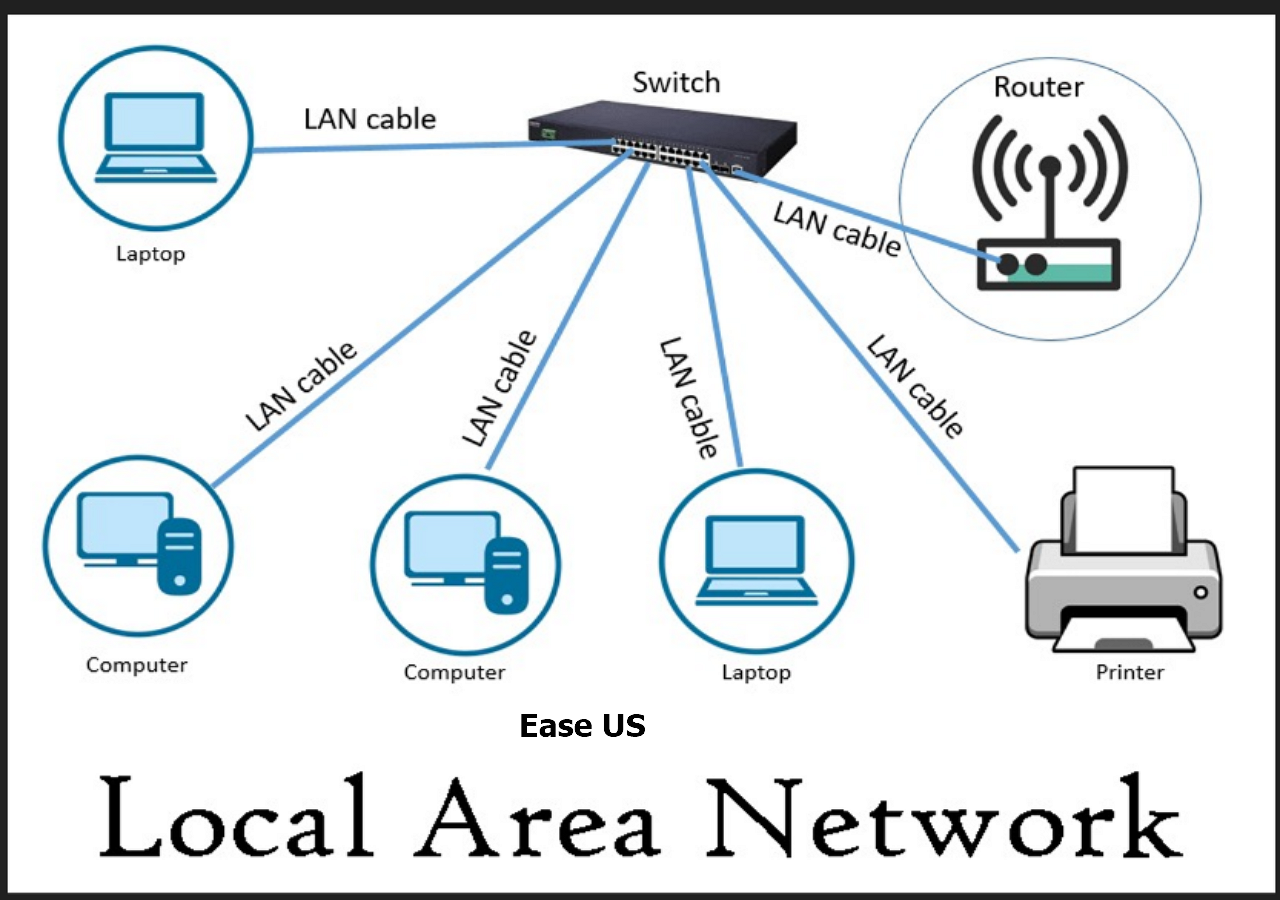Introduction
Nanotechnology, the science and engineering of manipulating matter at the atomic and molecular level, has rapidly emerged as a groundbreaking field with the potential to revolutionize various industries. By harnessing the unique properties exhibited by materials at the nanoscale, researchers and engineers can design and create novel applications in medicine, electronics, energy, environmental preservation, and more. This article explores the fascinating world of nanotechnology, its history, key concepts, current applications, and potential impact on society.
I. A Brief History of Nanotechnology
The concept of nanotechnology traces its roots back to a famous lecture given by physicist Richard Feynman in 1959, titled “There’s Plenty of Room at the Bottom.” Feynman envisioned a world where scientists could manipulate and control individual atoms, paving the way for nanoscale engineering. However, it wasn’t until the 1980s that the term “nanotechnology” gained popularity with the exponential growth of research and development in the field.
II. Key Concepts in Nanotechnology
A. Nanoscale and Its Properties
Nanoscale refers to the size range between approximately 1 to 100 nanometers (one billionth of a meter). At this scale, materials exhibit unique properties that differ from those at larger scales. Quantum effects dominate at the nanoscale, leading to altered mechanical, electrical, and optical properties of materials.
B. Top-Down and Bottom-Up Approaches
Nanotechnology employs two main approaches for building nanostructures: top-down and bottom-up. The top-down approach involves reducing the size of bulk materials to the nanoscale using techniques like lithography. Conversely, the bottom-up approach involves assembling atoms or molecules to construct nanostructures, often through self-assembly.
C. Nanomaterials
Nanomaterials, such as nanoparticles, nanotubes, and nanowires, are at the core of nanotechnology. These materials exhibit enhanced mechanical strength, increased surface area, and unique catalytic properties, making them ideal candidates for various applications.
III. Nanotechnology Applications
A. Medicine and Healthcare
- Nanomedicine: Nanoparticles and nanocarriers enable targeted drug delivery, improving treatment efficacy and minimizing side effects.
- Nanosensors: Nanoscale sensors can detect diseases at an early stage, aiding in diagnostics and personalized medicine.
- Tissue Engineering: Nanomaterials facilitate the development of artificial tissues and organs, revolutionizing regenerative medicine.
B. Electronics and Computing
- Nanoelectronics: Nanoscale transistors and quantum dots enhance computing power and energy efficiency in electronic devices.
- Nanophotonics: Nanostructures enable faster and more efficient data transfer through optical communication.
C. Energy and Environment
- Nanoscale Batteries: Nanotechnology has the potential to improve battery performance, enabling longer-lasting and more powerful energy storage solutions.
- Solar Cells: Nanomaterials enhance the efficiency of solar cells, making renewable energy sources more viable.
- Environmental Remediation: Nanoparticles can be used to remove pollutants from water and soil, offering sustainable solutions to environmental challenges.
D. Consumer Products
- Nanocoatings: Nanostructured coatings provide improved scratch resistance, water repellence, and anti-microbial properties in consumer goods.
- Nanofabrics: Nano-enhanced textiles offer stain resistance, UV protection, and enhanced durability.
IV. Challenges and Concerns
Despite the remarkable potential of nanotechnology, it is not without challenges and concerns. Some of these include:
A. Safety and Toxicity: The unique properties of nanomaterials may pose unforeseen risks to human health and the environment, necessitating thorough safety assessments.
B. Ethical Implications: Nanotechnology raises ethical questions related to privacy, surveillance, and the potential for misuse.
C. Regulation: Establishing appropriate regulations for the responsible development and use of nanotechnology is essential to mitigate potential risks.
V. The Future of Nanotechnology
Nanotechnology’s future holds immense promise as researchers continue to unravel new possibilities. Some potential advancements include:
A. Nanorobotics: Nanoscale robots could revolutionize medical procedures, nanomanufacturing, and environmental monitoring.
B. Quantum Computing: Quantum nanotechnology could lead to exponentially more powerful computers, transforming information processing.
C. Nanotechnology in Space: Nanomaterials and nanosensors could enhance space exploration and improve astronaut safety.
Conclusion
Nanotechnology’s journey from a theoretical concept to a thriving field of research has been awe-inspiring. Its potential to impact numerous sectors, from medicine to electronics and energy, offers hope for a brighter and more sustainable future. As researchers and scientists continue to push the boundaries of nanotechnology, ethical considerations and safety precautions must remain at the forefront to harness its benefits responsibly. With careful exploration and collaboration across disciplines, nanotechnology will undoubtedly redefine the limits of what is possible at the atomic scale, shaping the world of tomorrow.







